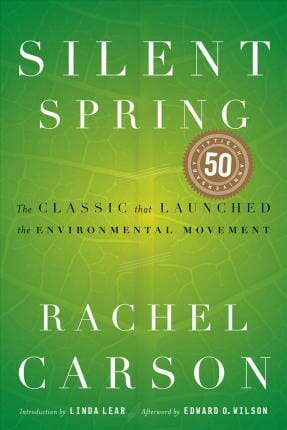Looking to educate yourself on matters of sustainability and environmental justice? Start with this short, but diverse range of books on the topic:
1.Climate Justice: Hope, Resilience, and the Fight for a Sustainable Future by Mary Robinson
Robinson’s book follows her interactions with ordinary citizens who have shown resilience and ingenuity in their lives, unlocking extraordinary change. It is a story of her discovery that “an irrepressible driving force in the battle for climate justice [can be] found at the grassroots level, mainly among women.”
According to Richard Branson, Robinson’s book “makes a powerful and compelling case that the climate crisis is a crisis of humanity, requiring far more than mitigation and adaptation, but a renewed sense of shared destiny. Simply put, climate action must work for the good of all, or it won’t work for anyone.”
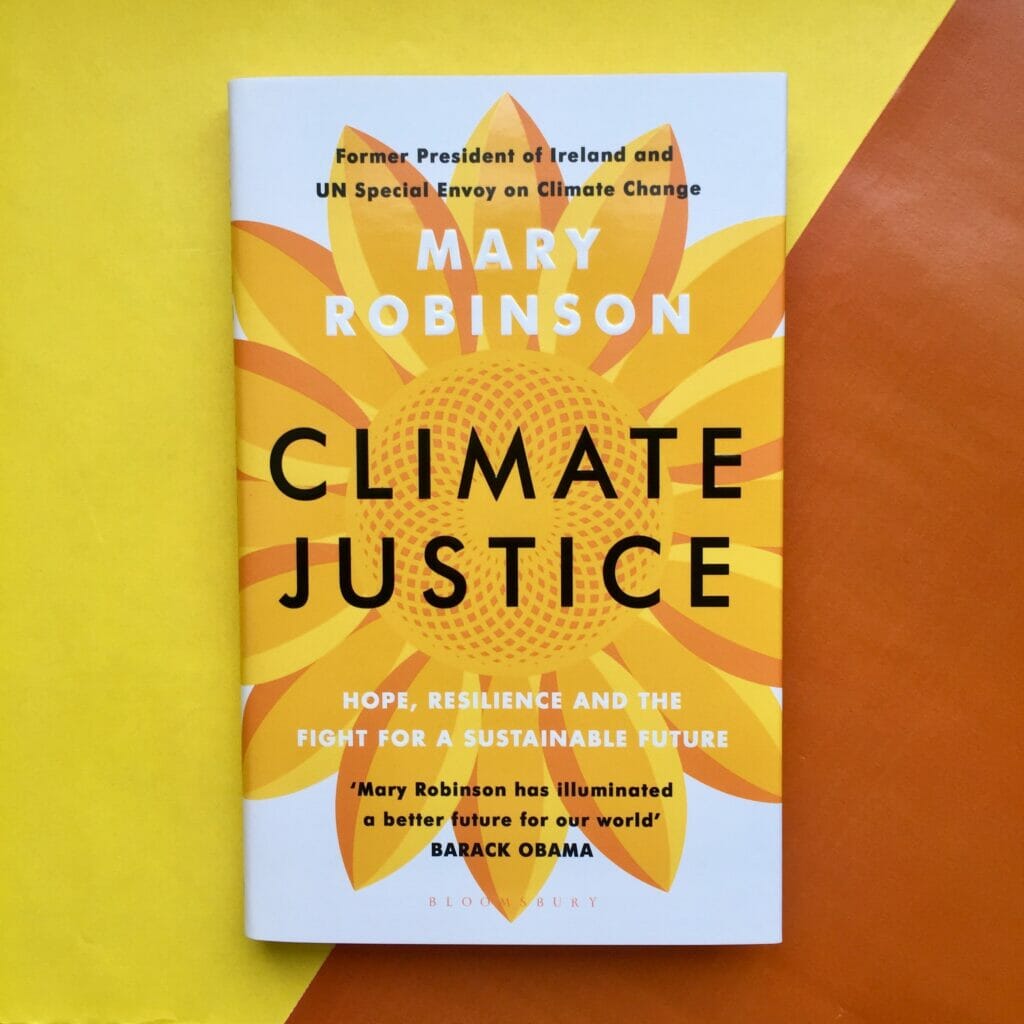
2.This Changes Everything by Naomi Klein
Naomi Klein’s book argues that the climate crisis cannot be solved whilst clinging to the ideologies of neoliberalism and capitalism which encourage rampant consumerism and has resulted in an economy at odds with the health of the environment. The book became a New York Times bestseller in 2014 and a documentary film was created based on the book.
According to Bill Mckibben, author and cofounder of climate justice group 350.org: “this is the best book about climate change in a very long time—in large part because it’s about much more. It sets the most important crisis in human history in the context of our other ongoing traumas, reminding us just how much the powers-that-be depend on the power of coal, gas and oil. And that in turn should give us hope, because it means the fight for a just world is the same as the fight for a livable one.”
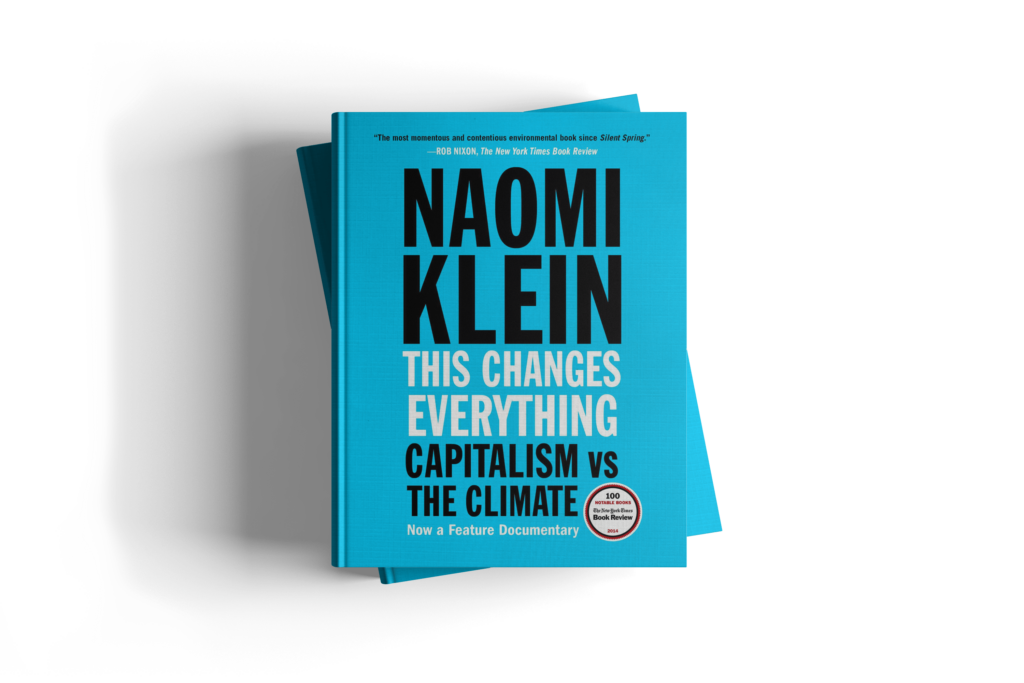
3.Toxic Communities: Environmental Racism, Industrial Pollution, and Residential Mobility by Dorceta Taylor
In Toxic Communities, renowned environmental sociologist Dorceta Taylor, draws on a number of historical and present case studies from across America, where poor and minority neighborhoods are and have been plagued by pollution to the point where simply living in these areas is a health hazard.
Taylor explores the landscape of racially-motivated decisions in government regulation, zoning laws and urban renewal and the entrenched segregation and zoning ordinances that have allowed for toxic and hazardous waste facilities to exist in these communities, leading residents to experience health issues in addition to race and class discrimination.
Throughout the book Taylor delves into concepts and theories for understanding environmental racism and the link between environmental crimes and racial discrimination.
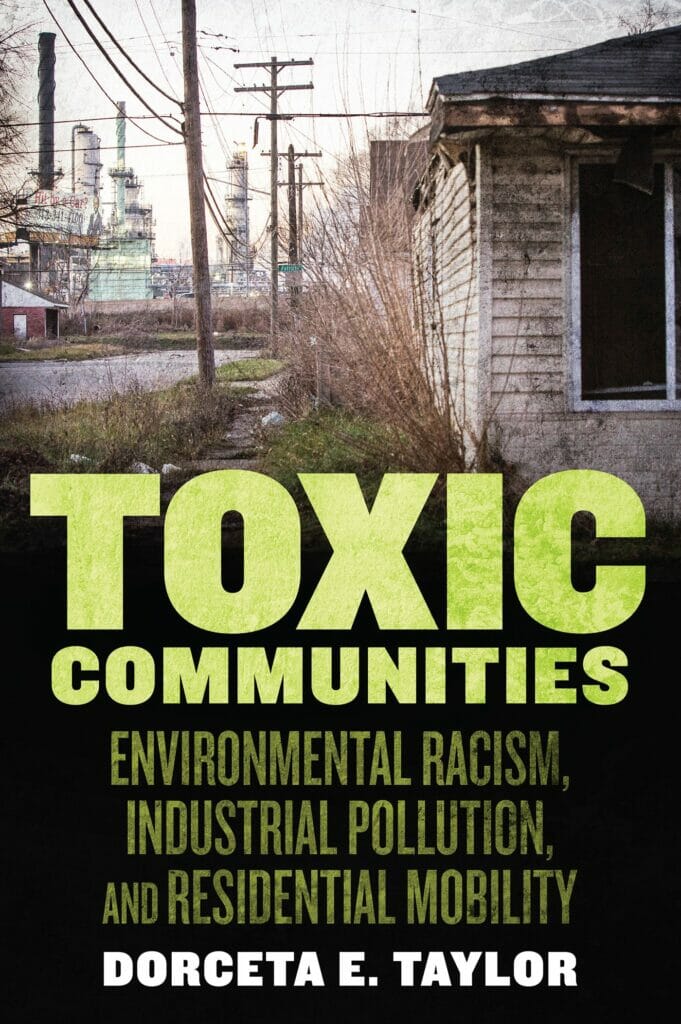
4. Doughnut Economics: Seven Ways to Think Like a 21st-Century Economist by Kate Raworth
According to Kate Raworth, it’s time to rethink our economic thinking for the 21st century. In Doughnut Economics, she discusses seven ways to reframe our understanding of what economics is and what it should do. She argues that it is more than possible to create economies that are based on regeneration and equal distribution rather than infinite growth and extraction. This reframing will ultimately shape our response to all environmental and social issues.
Named after the image of the (now iconic) “doughnut” that Raworth first drew to illustrate a sweet spot of human prosperity, Doughnut Economics offers a radical new guiding light to redefine what economic success looks like, how that may guide development, policy and corporate strategy and how we can thrive from economies even when they no longer grow.

5.Protecting Indigenous Knowledge and Heritage: A Global Challenge by James (Sákéj) Youngblood Henderson and Dr. Marie Battiste
Protecting the rights of Indigenous people is heavily interwoven into the fate of the planet and is intrinsic to changing course towards a more just, peaceful and sustainable world.
Protecting Indigenous Knowledge and Heritage tackles the shared fate of indigenous communities across the world who have faced injustices at the hands of colonizing powers. From an assault on their culture, language and livelihoods to the commercialisation of their art and plant knowledge without consent or benefit. Henderson and Battiste not only communicate the devastation this has caused but also illustrate potential reforms on the current inadequate legal regimes to protect indigenous knowledge and rights.
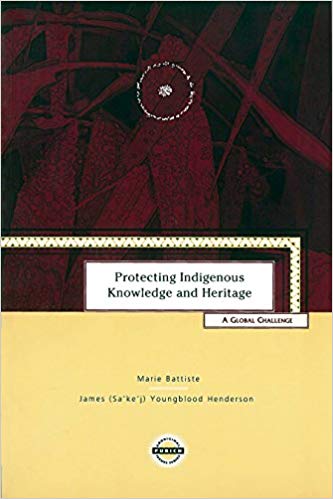
6. 2040: A Handbook for the Regeneration by Damon Gameau
Damon Gameau imagines what the world could like in 2040 “if we all decided to start doing things differently, right now.” This handbook, based on the acclaimed documentary, tells a story of solutions that could lead to an era of regeneration, from ocean replenishment, to renewal of forests, to green energy and community building, to name a few.
The documentary and subsequent handbook also looks to engage ordinary people in what they can do to “become the change” they want to see in the world. As the quote by Donella Meadows that features on the book and documentary blurb goes: ‘The future can’t be predicted but it can be envisioned and brought lovingly into being.’
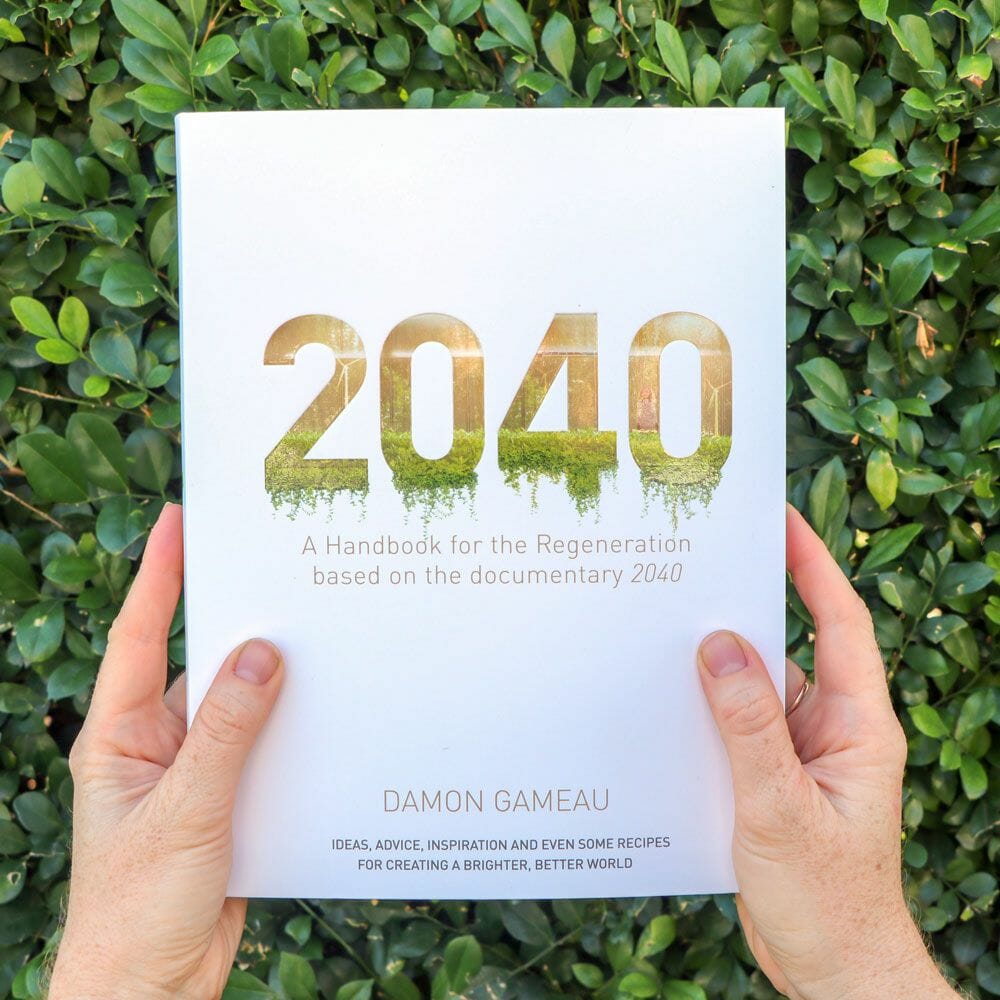
7. Silent Spring
Known as the book that “ignited the environmental movement”, Silent Spring is said to be a must read for any environmentalist. This environmental classic by Rachel Carson, published in 1962, was the first to shed light on the harm caused by synthetic pesticides and chemicals on animal species and the environment.
After it was published, the book generated a public outcry and, despite the fact that Carson faced harsh criticism and opposition from the big agriculture and chemical companies, it also lead to the banning of the toxic pesticide DDT and helped move forward the creation of the US Environmental Protection Agency. It is sometimes a challenging, science-heavy read, but well deserving of its spot on any environmental bookshelf or reading list.
